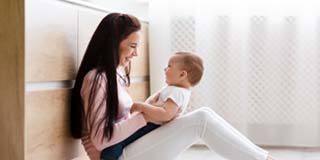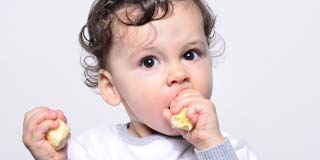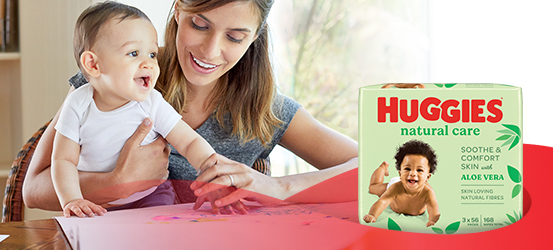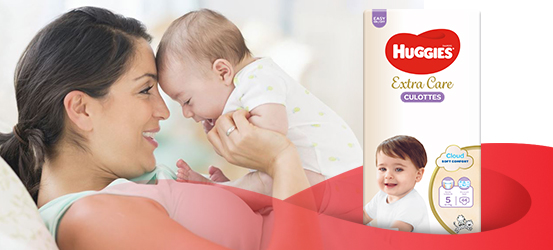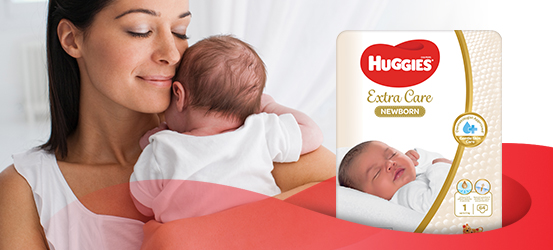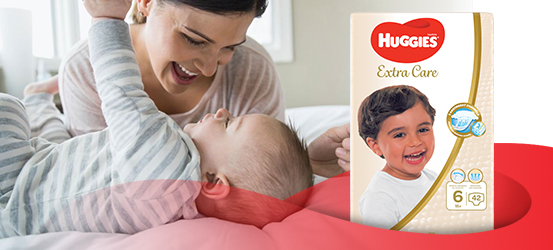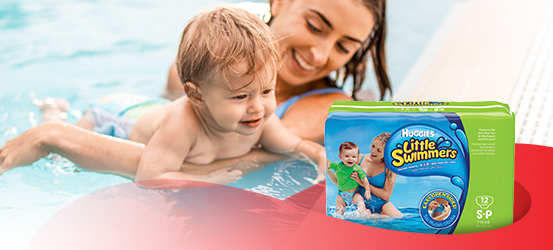From the moment they’re born, your children will instantly become the most photographed member of your family, as you capture all of the cute, important, embarrassing, and heart-melting moments.
Lighting
Photographers know that one of the key points in getting a great shot is good lighting.
Common Mistakes
Taking photos in dark rooms and relying too much on your flash.
Taking photos in very bright, direct sunlight.
Tips and Tricks
Maximise natural light.
If indoors, use a room with a lot of natural light.
Draw back the curtains to let lots of light in, and raise blinds so that you don’t get striped shadows.
Go outside.
If there is too much sunlight, defuse it with a curtain or a baby muslin wrap, or move the baby into the shade. You do not want harsh shadows across their face.
How This Helps
The use of flash or bright sunlight can distract children, make them uncomfortable (or squint), and are both quite harsh on the skin tones (not to mention their little eyes).
Diffused light is softer and much more flattering.
Examples
Very bright sunlight can cause harsh shadows on the face.
Position your child's face in the shade for softer light.
Pose & Setting
Children do not have to look directly at the camera in every shot. Place them in their most natural setting, let them get comfortable, and take photos of them doing what they do naturally.
Common Mistake
Telling the child to stand somewhere and then ask them to look at the camera and smile – depending on the child’s personality, this may not work, especially as they become more mobile.
Tips and Tricks
Take photos of them doing what they love to do e.g. playing with blocks or dolls or in a sand pit.
Your shots are then capturing them in their natural setting, as well as a more natural side of their personality.
The shots tell a story, and documents a time in their life or a stage of their development.
Have a helper nearby play peek-a-boo or shake a rattle – this gives the child somewhere to look other than directly at the camera, and helps you to capture their expressions.
Catch a real smile, or maybe even a giggle.
Remember to keep it fun for the child.
How This Helps
If you ask kids to look at the camera they are likely to pull faces.
If they are looking at someone else or a toy they do not notice you taking the photo.
Overall, your shots will be more candid and natural.
Examples
Your child does not have to look directly at the camera to get a good photo.
Capture more natural poses by letting your child play as they normally would.
Framing the Photo
In good portrait photos the child is the first thing you see. Framing your photograph well is the best way to achieve this; zoom in and cut out all the unnecessary stuff in the background.
Common Mistakes
People tend to show too much background; too much space around the image, either at the top or bottom.
They do not centre the subject, and often the person is very small in the image.
They cut off legs, or even worse, their head.
Tips and Tricks
Zoom in.
If you do not have a zoom function or your camera can’t zoom in any further, then take a step closer to the subject.
If you forget to zoom in, then crop the actual photograph later on, either with your computer software or at your local photo lab when you get your photo printed.
Try taking two shots: The first being a wide angle shot e.g. a full length shot of your children and what they are doing; the second shot can be zoomed in to their faces only.
Try being arty, take a close-up photo of their hands holding a toy, or their tiny little feet.
Don’t be afraid to turn your camera around to portrait instead of landscape.
When you’re taking a photo ensure the background is clean and simple e.g. no piles of washing or stacks of toys.
How This Helps
When there is too much background or space in a photo it makes the photo look very busy.
One’s focus is no longer on the subject, it is on the background.
If you could not avoid a cluttered background, try simply converting your colour image to black and white – this will help to keep your focus on the subject more than the background.
Examples
Try not to take photos too far away, as the child gets lost in the background.
Zoom in on your camera to get a close-up. Fill the frame.
Remember, you can always crop a photo later on to get a close-up portrait.
Come Down to Their Level
Changing the angle at which you take the photograph from is another quick and easy technique to improving your portraits.
Common Mistake
Remaining standing – towering over a small child will make the pose and the photo look awkward.
Tips and Tricks
Don’t be afraid to kneel, sit on the floor or even lie down with your baby to take the shot.
How This Helps
The shot will be more candid.
You’ll be able to get closer to their face.
You can see their facial expressions better.
Examples
If you take a photo down at your child while standing up, you will often miss the expression on their face.
Get down to your child's height to capture everything that's going on.







